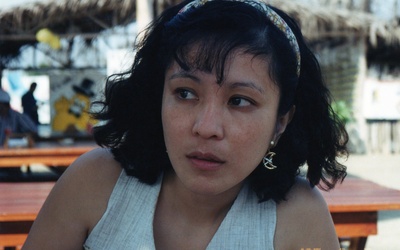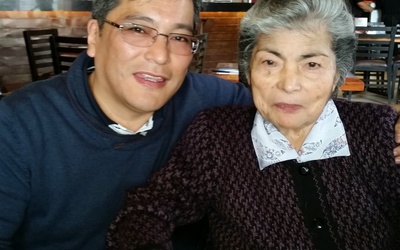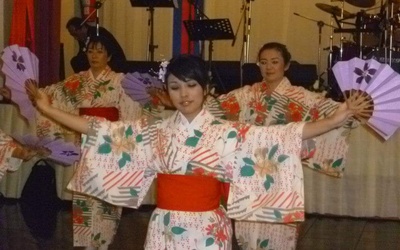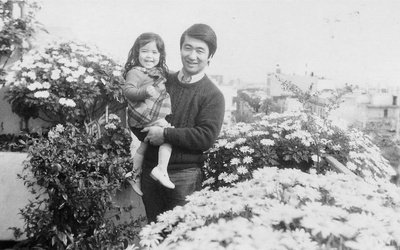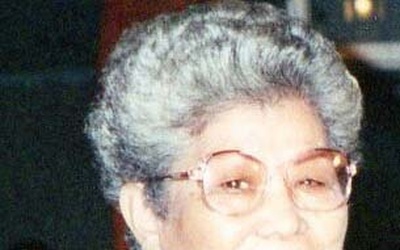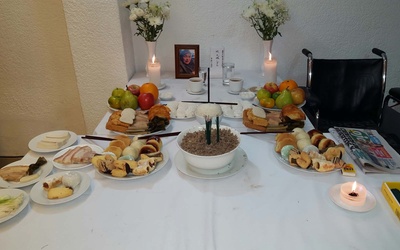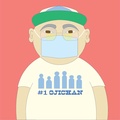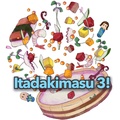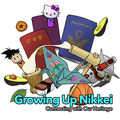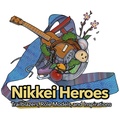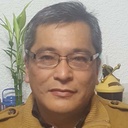
Roberto Oshiro Teruya
@robertoRoberto Oshiro Teruya is a 53-year-old Peruvian of the third generation (Sansei); his parents, Seijo Oshiro and Shizue Teruya, both came from Okinawa (Tomigusuku and Yonabaru, respectively). He lives in Lima, the capital of Peru, where he works in the retail clothing business in the city's downtown. He is married to Jenny Nakasone and they have two children Mayumi (23) and Akio (14). He has a deep interest in continuing to preserve the customs inculcated by his grandparents, including cuisine and the butsudan, and hopes his children will do the same.
Updated June 2017
Stories from This Author
Our love story
Jan. 19, 2018 • Roberto Oshiro Teruya
Since I started writing, everything has been about other people: about my mom, my dad, about me indirectly, but I haven't talked about my wife, that's why I decided to write our story, how we met, our courtship, finally marriage, children. Our story is simple and common like anyone else's, without drama or anything like that, different from the rest of Peruvians, but very common among the Nikkei. For many years we have been carrying many prejudices, it is most …
The Nikkei woman, the foundation of the family
Dec. 21, 2017 • Roberto Oshiro Teruya
In every home, the role of the mother is little recognized, that is where she becomes a superwoman. One says that all women are equal, but we see something exceptional in the Nikkei woman, so many words to say: strength, drive, hardworking, humility, let us believe that we men are the basis of the family. It is only when one is of a certain age that one begins to reflect on everything. I see the women in my family, each …
How we celebrate obon at home
Oct. 11, 2017 • Roberto Oshiro Teruya
TANABATA My memories as a child are of Tanabata Day. Very early, we were preparing with my father and mother to go to the “El Angel” cemetery in Lima and also to the “Presbítero Maestro” cemetery. We brought everything to clean the graves and if any repairs were needed, we could do it that day. My mother told me: “the truth is that at home we didn't have butsudan at that time, but we always went to visit all of …
Reunion with my roots
Sept. 25, 2017 • Roberto Oshiro Teruya
It is difficult for me to tell this, I do not know if this scene was repeated in all Okinawan homes, my father spoke Nihongo and also Uchinaguchi (Okinawa dialect), my mother only understood something, she could not study when she was left without a mother at a very young age and without dad years later. For her, studying was a luxury, plus she had younger brothers. At home we listened to my father speak Uchinaguchi with my obá or …
The 17 missing Nikkei in Argentina: Gaby Oshiro
Sept. 4, 2017 • Roberto Oshiro Teruya
A while ago, I was browsing Facebook and suddenly I see the notification of a post from a closed group about Nikkei customs and religion, specifically Shintoism. Surprising because it was a practically inactive group, it was like a desperate cry among the silence, seeking answers to the questions that were constantly asked a couple of years ago, asking what would happen to the souls of the people who were disappeared and have no grave, no They had a funeral. …
My mother, a destiny product of Nikkei solidarity
Aug. 14, 2017 • Roberto Oshiro Teruya
This is my mother's story, her parents came from Okinawa, they were from Yonabaru, actually I don't know which ship she went on or what year; But, like all immigrants, they came for a dream of a better future: “to do okane ”, perhaps with the idea of doing it and returning to their country as soon as possible, the truth is that that did not happen. My mother's name is Saturnina, a name she never liked and was given …
Oba Haruko, the best
July 27, 2017 • Roberto Oshiro Teruya
This story began when my wife and I got married, they were difficult times in Peru, most of us still went to work in Japan. It seemed that we were going to be left without Nikkei in the country . I had a clothing business in the city center. My wife's mother offered us her house until we could establish ourselves well, in the end we stayed for many more years. My wife was the last of ten children, the …
Chawaki and butsudan
July 13, 2017 • Roberto Oshiro Teruya
I am part of a Nikkei family from Okinawan and am Sansei or third generation. I live in Peru and all family memories revolve around food. Could it be that all Okinawan families are the same? Every time you visited the obá, she was in charge of serving you, even putting you in your mouth if you didn't eat. The inclusion was such that a non-Nikkei friend received the same treatment, if you took him. The obá improvised many times, …
Sata andagi, like my mother's...none
June 28, 2017 • Roberto Oshiro Teruya
Sata andagi , we could define it as fried sweet dough buns, donuts or donuts, is part of Okinawan food and for us represents the transmission from generation to generation of part of our grandparents' customs. My memory of Sata andagi comes from when I was little, in my house we called it sata tempura , round tempura , little balls, we called it so many things. He was always present at birthdays, oshogatsu (Japanese New Year) and every social …

